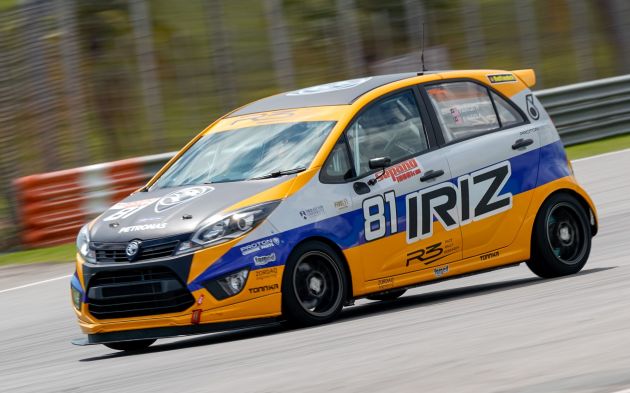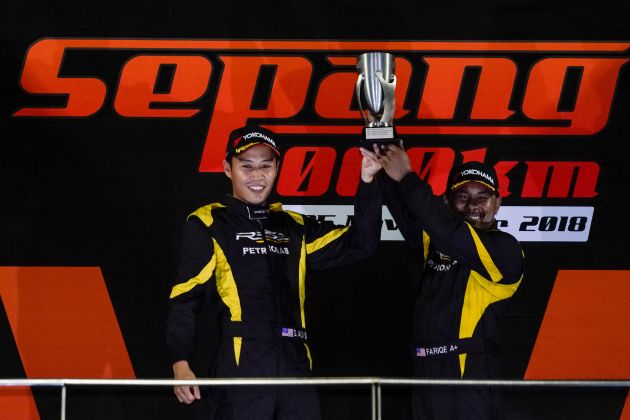After nearly nine hours of gruelling racing, Proton R3 won its fourth Sepang 1,000 km race over the weekend with its Iriz race car, with drivers Fariqe Hairuman and Syafiq Ali taking the chequered flag. This makes the national carmaker’s in-house motorsports division the most successful team in the event’s history, having previously won the endurance race in 2012, 2014 and 2017.
It is also the fifth time a Proton has won the Sepang 1,000 km, while the Iriz is now the fourth Proton model to win after the Satria Neo in 2012, the Prevé in 2014 and the Suprima S in 2016 and 2017. With this latest victory, Ali is also the winningest driver, with three wins to his name.
“The 2018 S1K was a tough and exciting race run in hot weather conditions at a very fast pace,” said team principal Gary Lee. “There were many lead changes with multiple safety car periods adding to the complexity of our race strategy. We managed to get a good lead over the rest of the field with 40 laps to go and thankfully we were able to then stretch our advantage to over two minutes at the end of the race.”
Proton said that its motorsports ventures have enabled it to produce better cars for the consumer, as racing provides an ideal training ground for engineers, designers, mechanics and managers, and encourages a spirit of innovation. It added that the engineering benefits can be clearly seen and felt in its model range.
“It’s not easy to succeed in a race like the S1K, but our wins prove Proton cars have exceptional handling and are engineered to perform even when driven in such extreme conditions. To be both fast and reliable is very difficult, so when we manage to achieve it, we make sure what we learn on the racetrack is transferred to our cars on the road,” said Proton Edar CEO Abdul Rashid Musa.
As for the Saga that was campaigned for the first time in this year’s edition, the car driven by last year’s winners Admi Shahrul and James Veerapan unfortunately retired late in the race, having completed 178 laps compared to the lead car’s 181.
Source: Read Full Article


